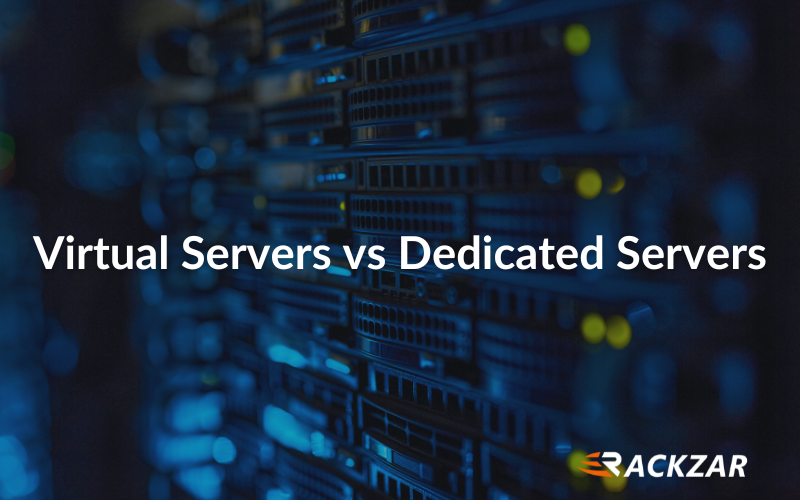
In the constantly evolving landscape of IT infrastructure, businesses are faced with critical decisions when choosing the most suitable server environment to meet their needs. Two prominent options in this arena are Bare Metal Servers and Virtual Machines (VMs). Each has its own set of advantages and drawbacks, and it is crucial to understand their distinctions to make informed decisions. In this article, we will explore the world of Bare Metal Servers and Virtual Machines, highlighting their strengths, weaknesses, and the scenarios where each is most suitable.
Bare Metal Servers
When it comes to server infrastructure, Bare Metal Servers, which are also known as dedicated servers, are the traditional physical option. They operate directly on the hardware without any layer of abstraction, unlike virtualized environments. If you are considering Bare Metal Servers, here are some key points to keep in mind:
- Raw Performance: Bare Metal Servers offer unparalleled performance as they provide exclusive hardware resources without virtualization overhead. This makes them ideal for high-performance computing tasks, resource-intensive applications, and workloads that require dedicated processing power.
- Isolation: The use of Bare Metal Servers ensures that a single tenant has exclusive access to the system’s resources, resulting in improved security and predictable performance.
- Customization: Users can customise server configurations to meet specific needs, making Bare Metal Servers ideal for applications with unique hardware requirements.
Virtual Machines
Virtual Machines enable multiple virtual instances to run on a single physical server through server virtualization, introducing a layer of abstraction between hardware and the operating system. Here’s a closer look at Virtual Machines:
- Resource Efficiency: Virtual Machines (VMs) enable multiple virtual instances to share the same physical hardware, resulting in optimal resource allocation, reduced energy consumption, and cost savings.
Scalability: Virtual Machines offer a scalable infrastructure for easy deployment, cloning, and migration of virtual instances to meet changing workload demands. Virtual Machines are often the preferred choice for environments that are dynamic and rapidly changing due to their scalability.- Isolation and Security: VMs operate independently and share physical resources, enhancing security by minimising potential breach impact.
Choosing the Right Fit
- Performance Demands: When maximum performance is crucial, choose Bare Metal Servers for high-performance computing and data-intensive applications.
- Cost Efficiency and Flexibility: Virtual machines provide a flexible and scalable solution that is cost-effective, without the need for dedicated hardware.
- Customization Needs: If your application demands a certain hardware setup or configuration, Bare Metal Servers provide the flexibility to customise workloads according to your specific requirements.
Conclusion
When it comes to choosing between Bare Metal Servers and Virtual Machines, there is no one-size-fits-all solution. The decision should be based on the specific needs of your business, the nature of your workloads, and the balance between performance, flexibility, and cost efficiency. It’s important to understand the strengths and weaknesses of each option before making an informed decision that aligns with your organisation’s goals. By doing so, you can create a robust IT infrastructure that works best for you.








One Response